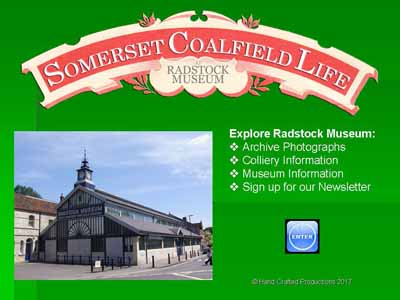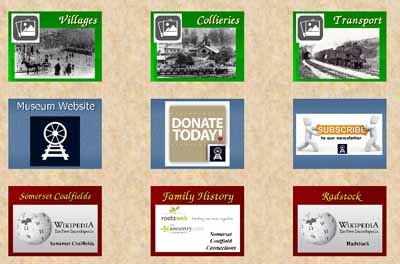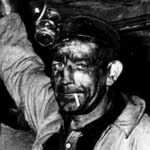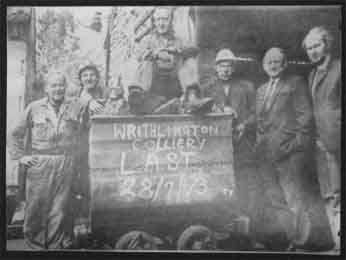Radstock Museum holds a unique archive of documents and images relating to the social and industrial heritage of the former Somerset Coalfield. It is not possible to have all of this material on display but it can be made available for research.
If you think there may be something of interest in our archives relevant to your topic please email the Research Team at research@radstockmuseum.co.uk.
In your email please include as much information as possible about what you are hoping to find out.
When a research request is received a free initial search is carried out to find out whether the museum holds information that will be useful to your research. We will then contact you to inform you of what we have, and if appropriate, arrange a research visit during normal museum opening hours when you will be able to view the material we hold. The cost for this is £7.00 (Free to Radstock Museum Society members).
Using the Museum Open Access Computer
Following generous grants from The Friends of Radstock Museum and Westfield Parish Council, a Public Access computer terminal is now available on the first floor of the Museum. Visitors can browse (via a Google Chrome browser) and view about 800 of our photos, covering the period 1870-1939.

Photos have been arranged by subject matter: 36 towns & villages, transport (road, GWR and S&D railways and canals), and industry (79 collieries, including location maps and photos). Visitors can explore the archive photos (green tiles); view the Museum website and sign-up for our Newsletter (blue tiles); or look at external websites on local topics.

Colliery pages provide a brief description of the colliery, operating dates, depth of shaft and a map of where the colliery was situated. Links are also provided to some external web sites, such as Historic England and British Geological Survey which provide additional information on specific collieries. Links are also provided for browsing any Museum archive photos of specific collieries in their heyday.
There is a guide on the desk in the research room on how to use the system, but it is really easy to use so you will very quickly be finding all kinds of photographic treasures.
Visitors can also read the Museum Society’s history journal, Five Arches, which contains a wealth of information on the local area.

